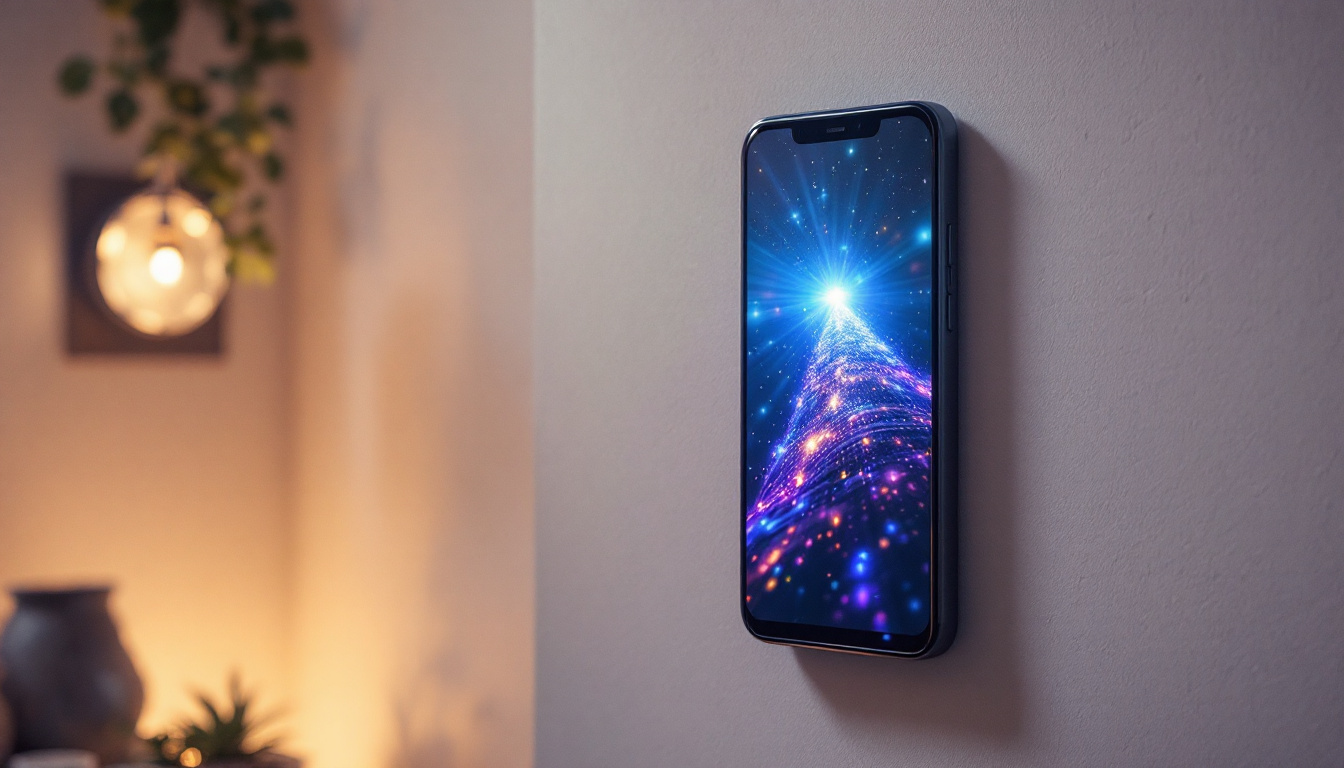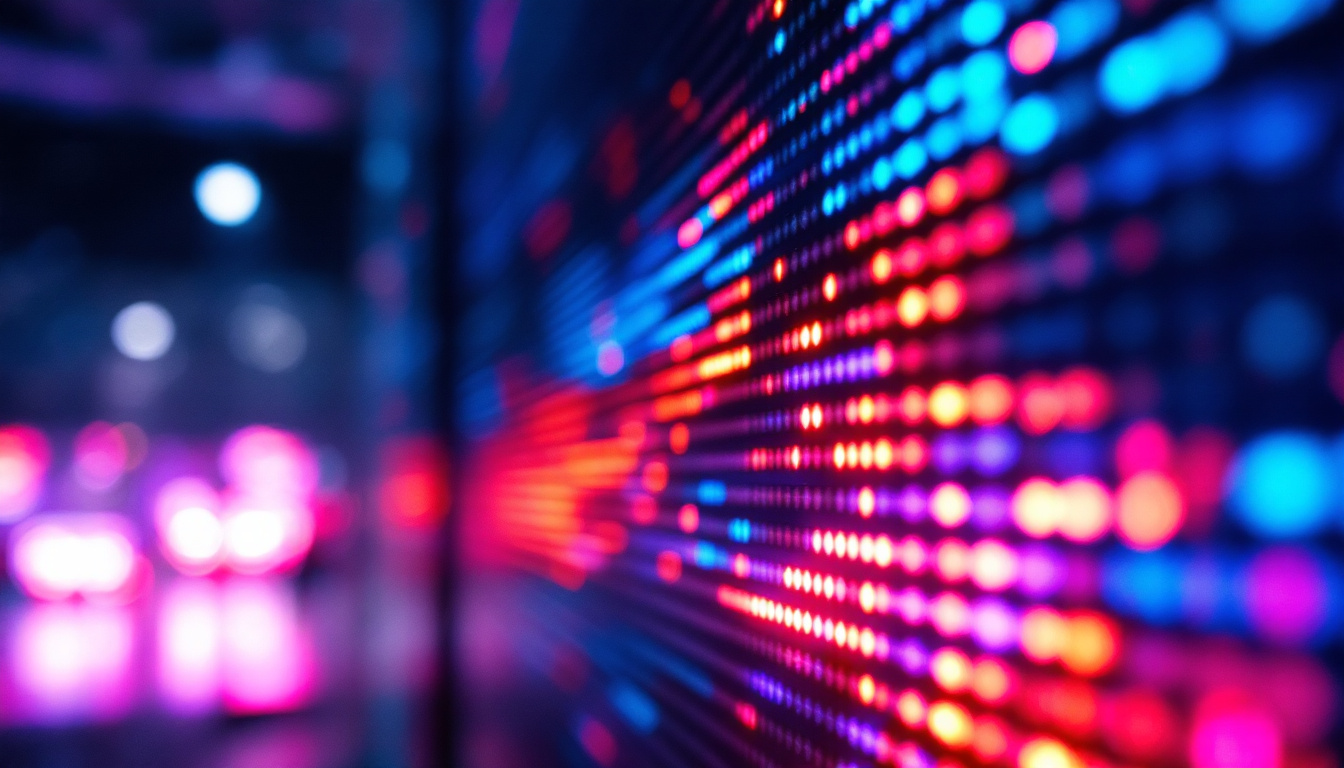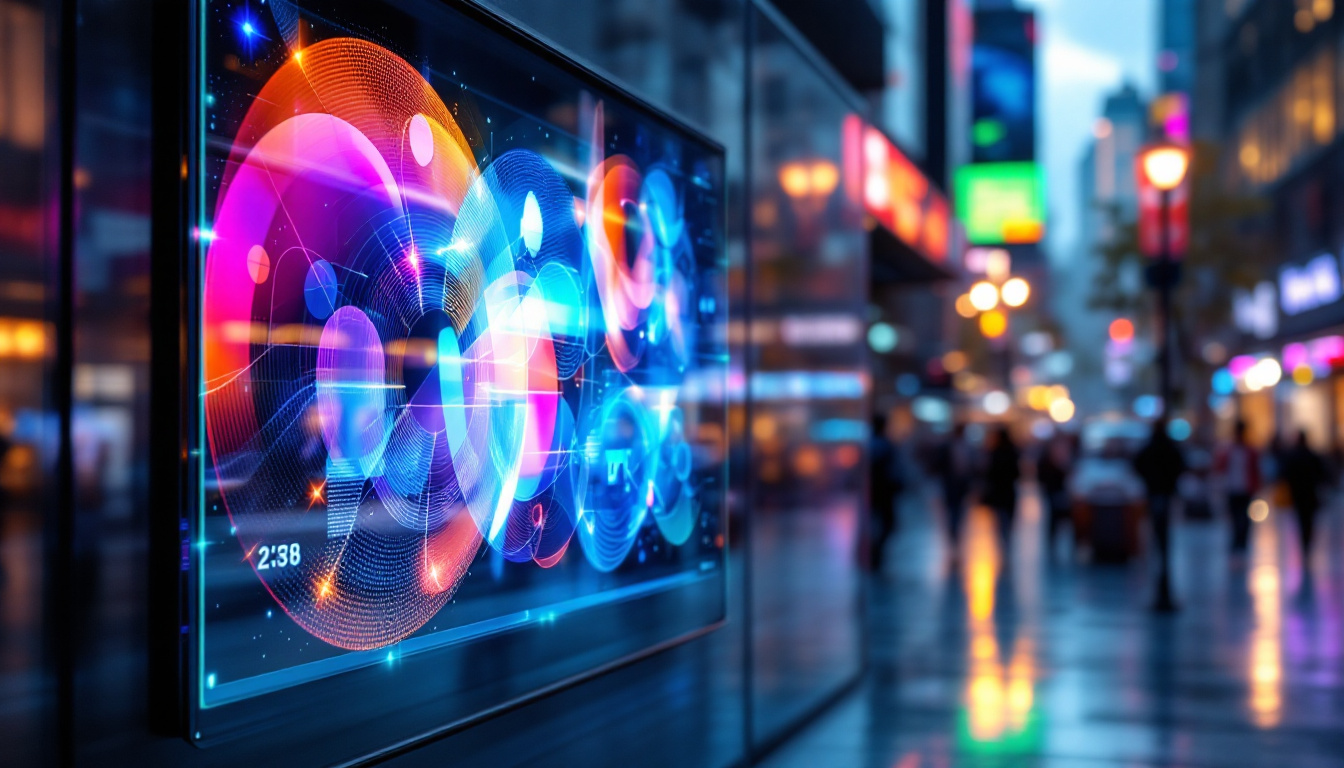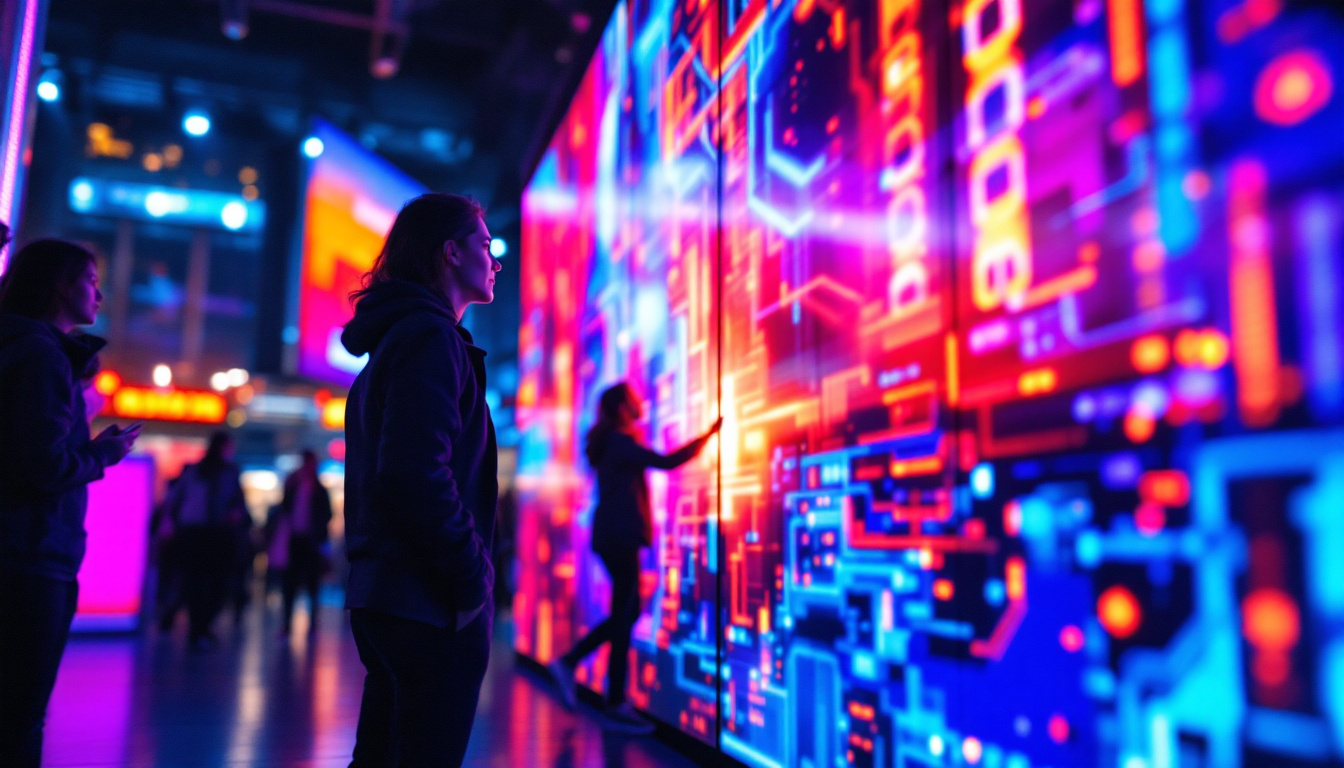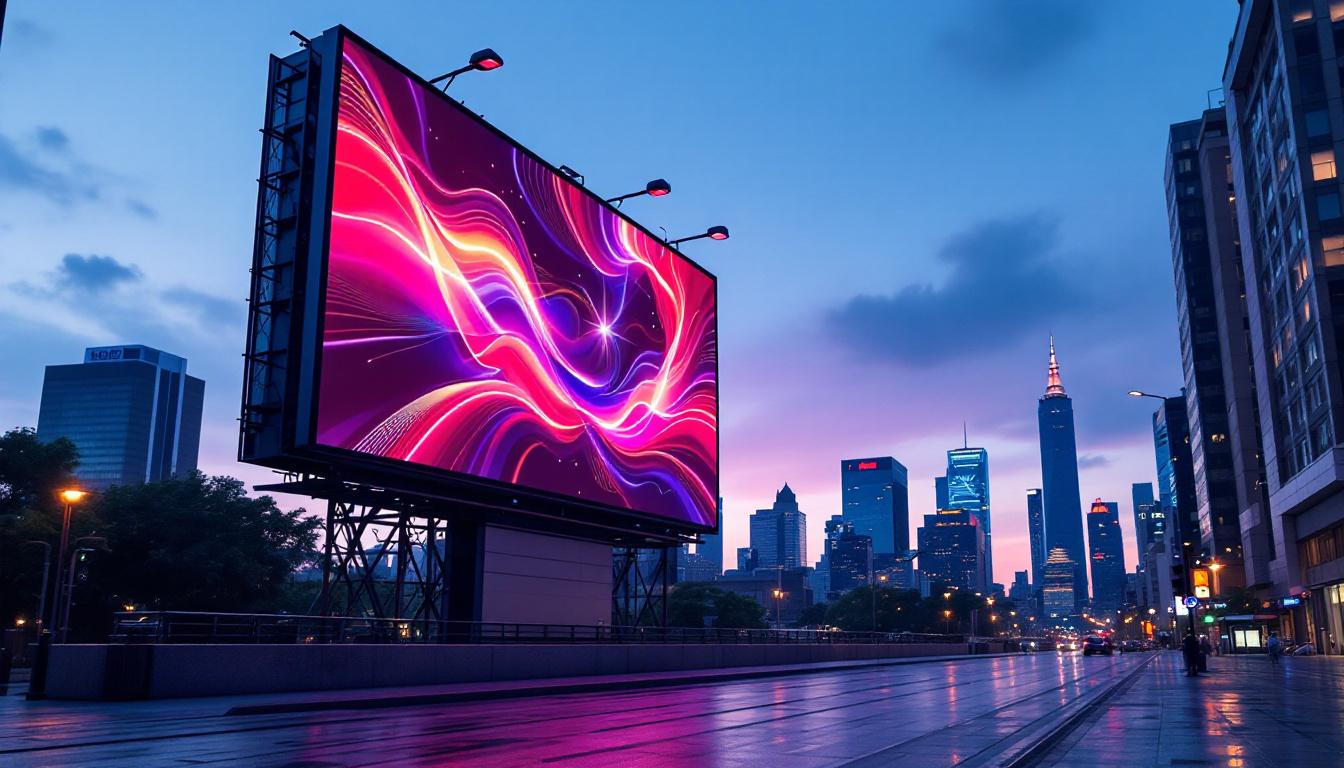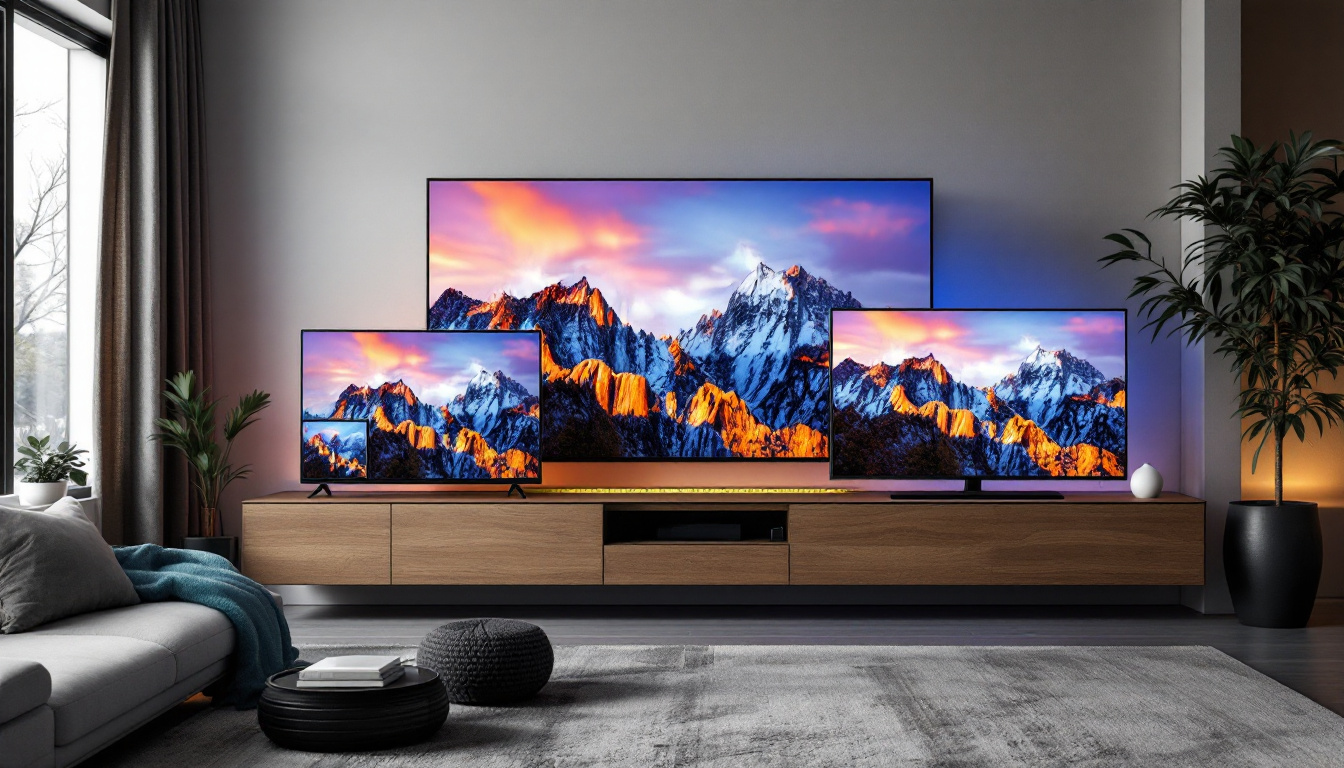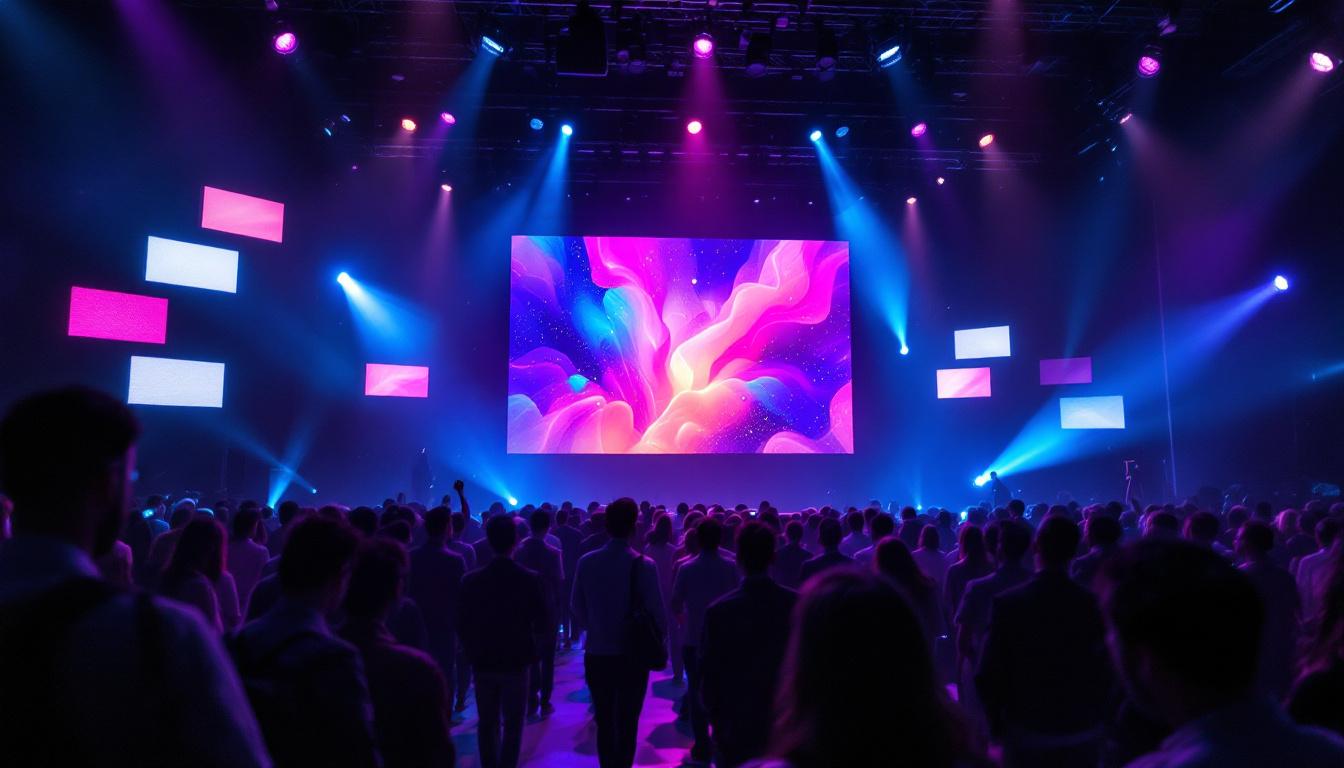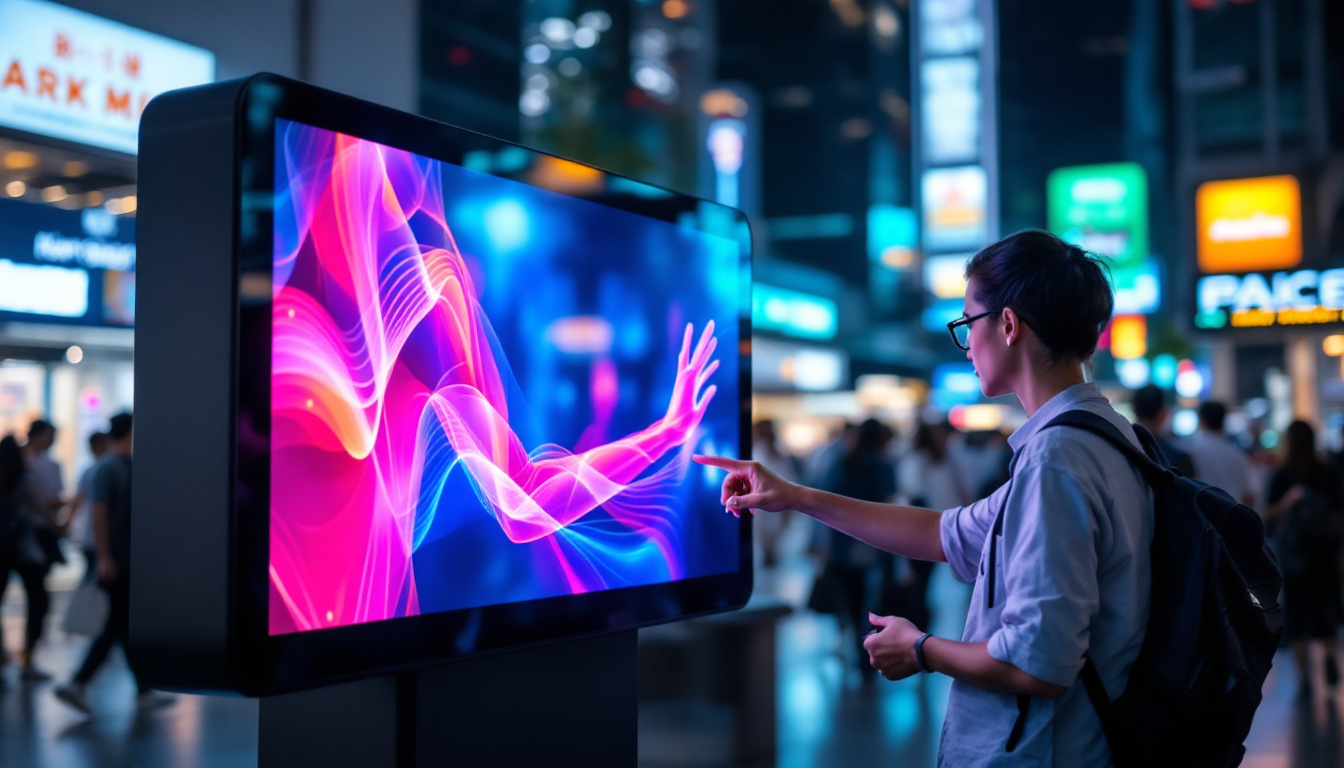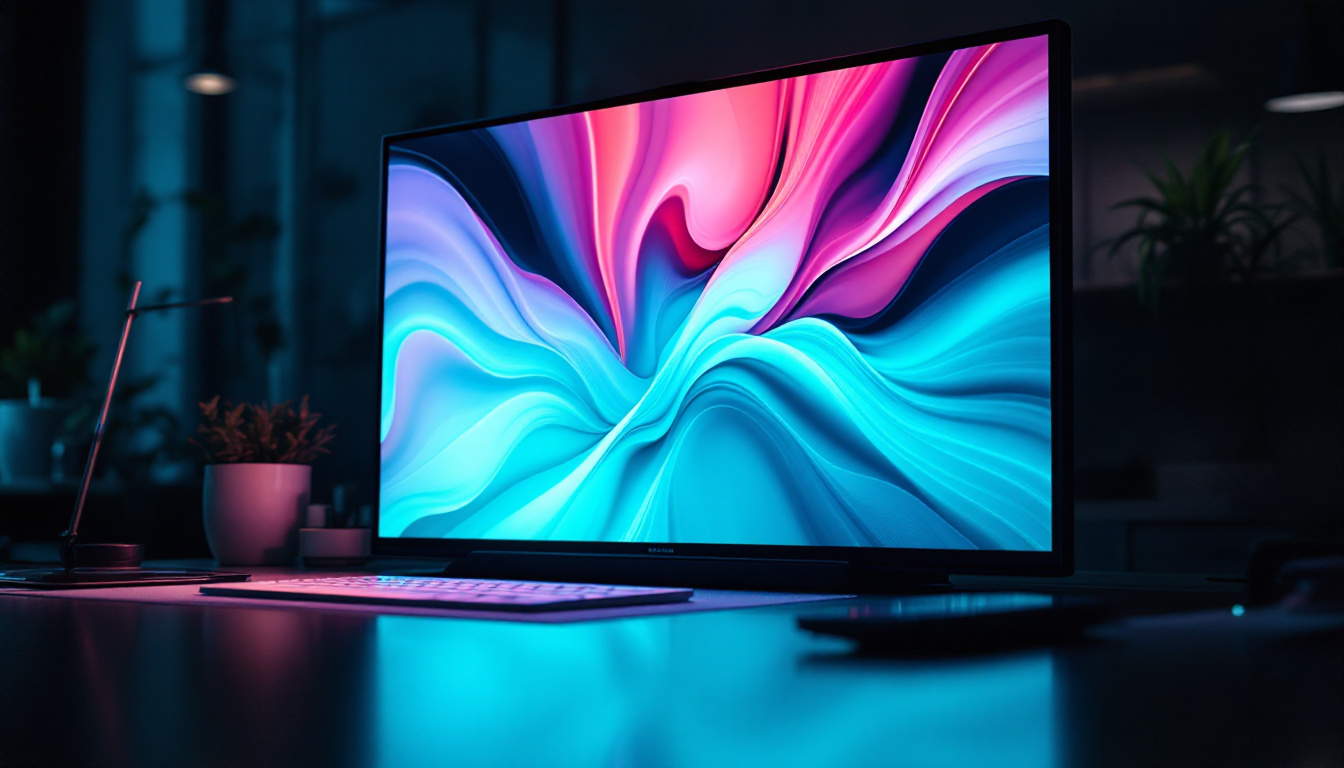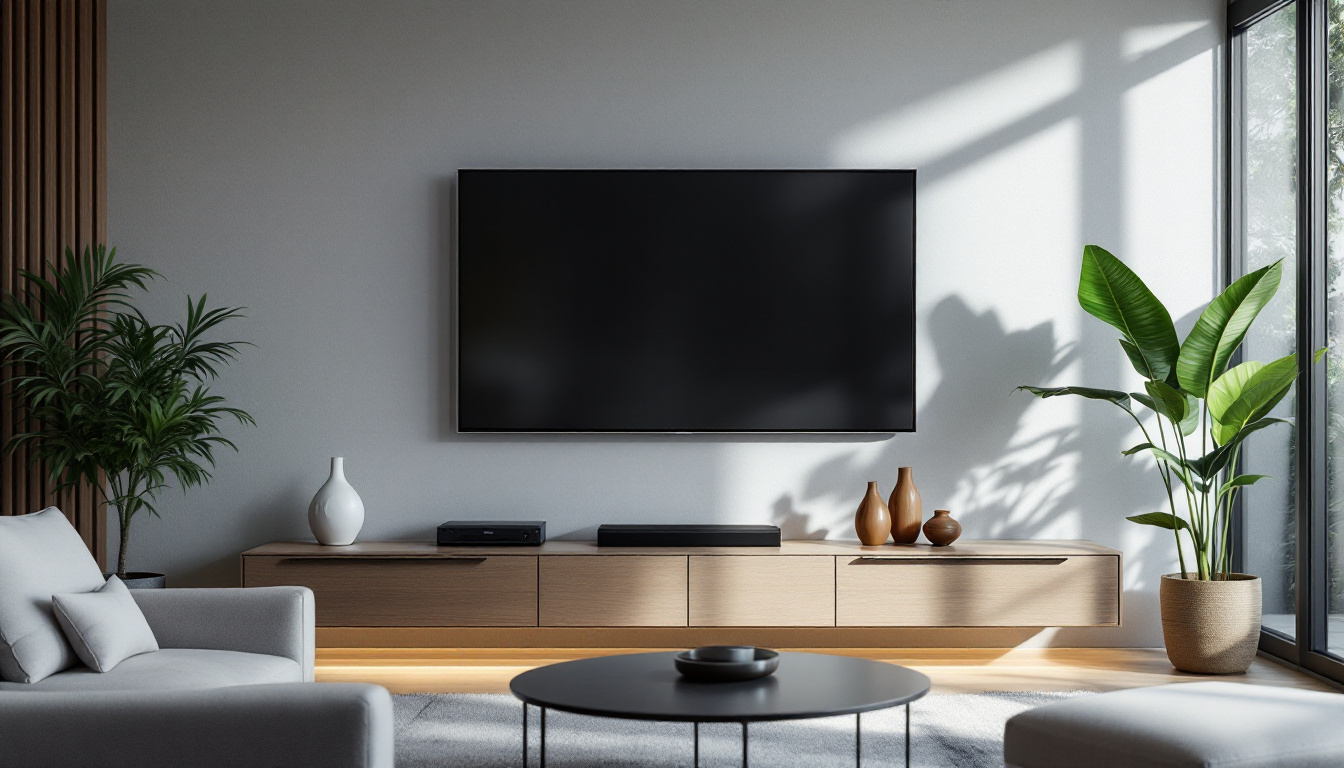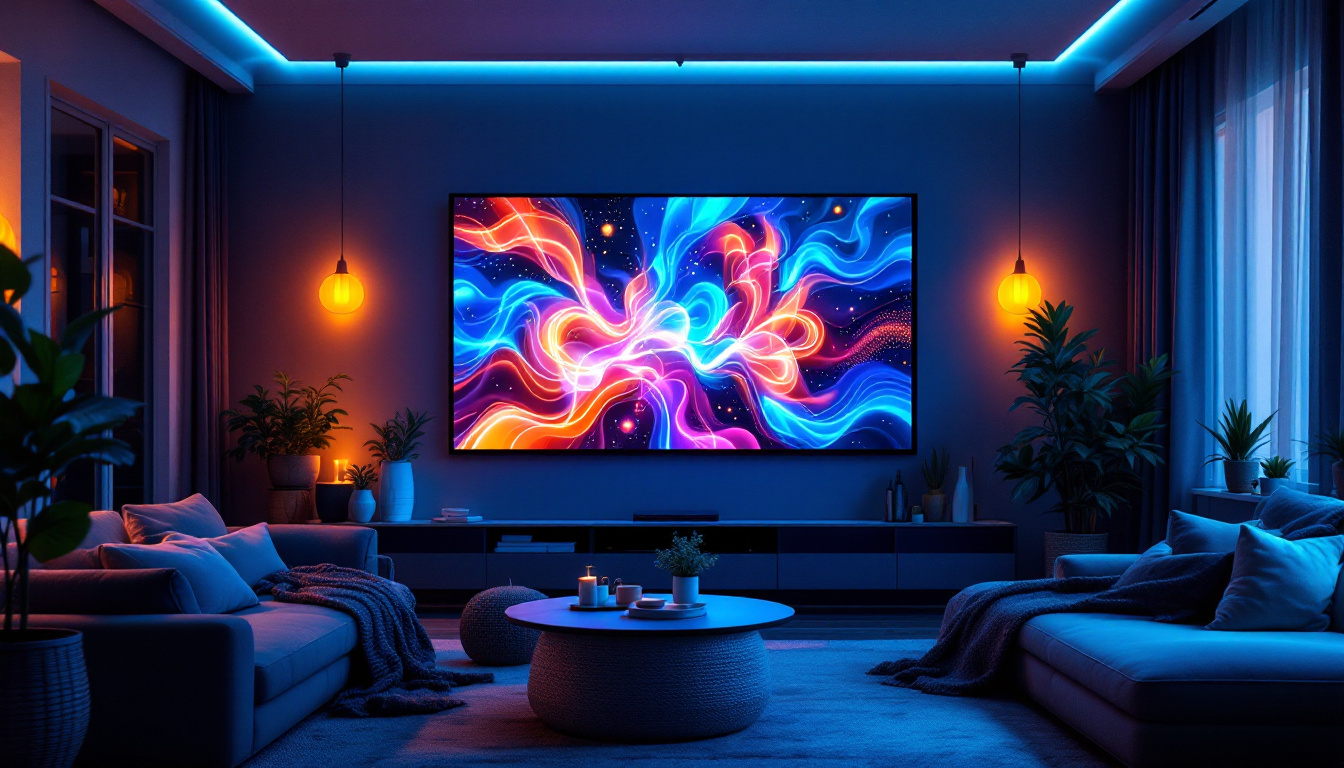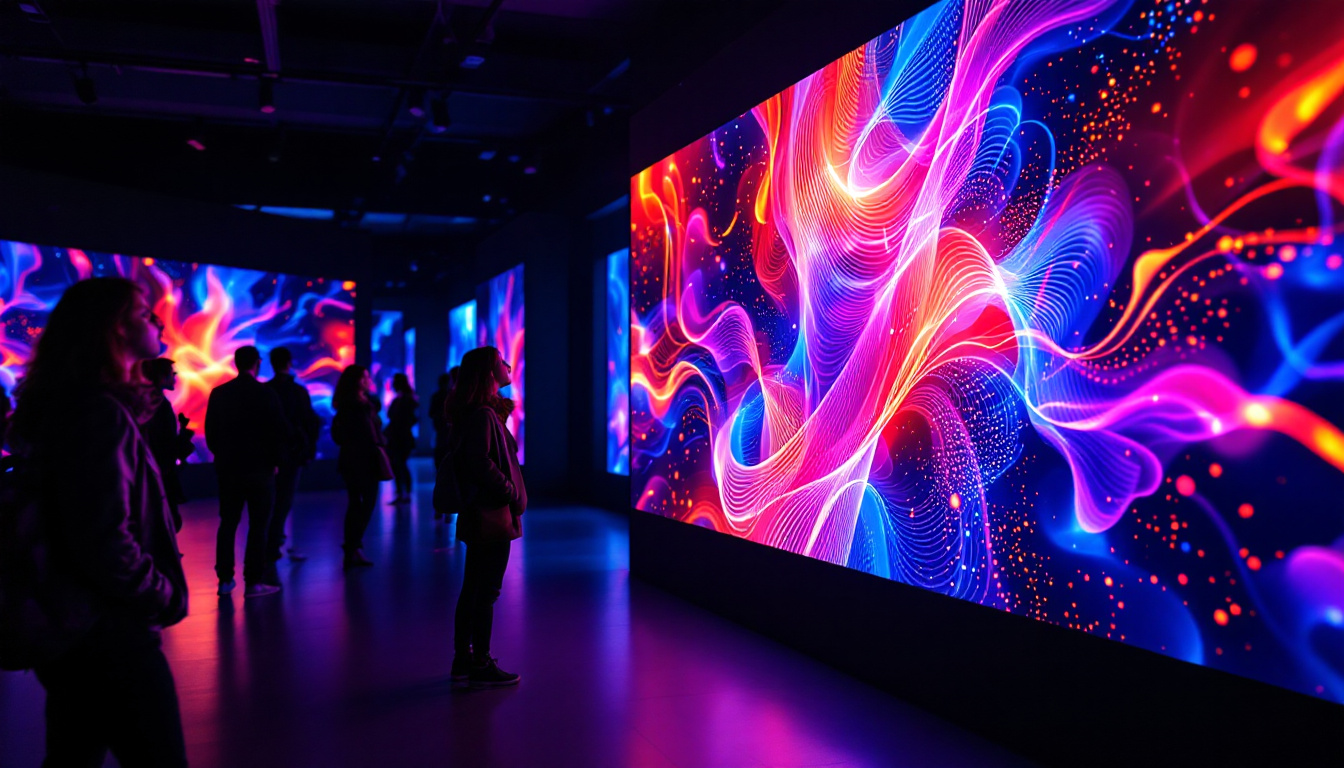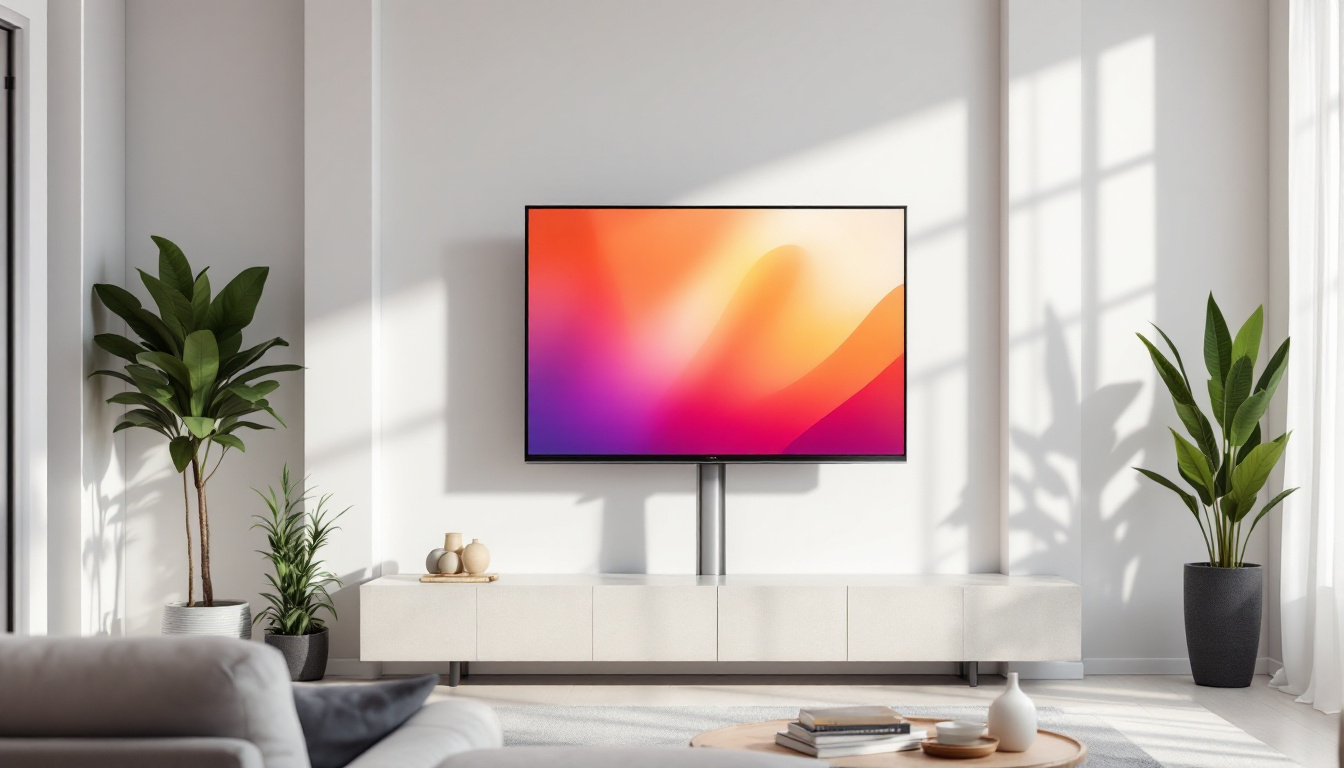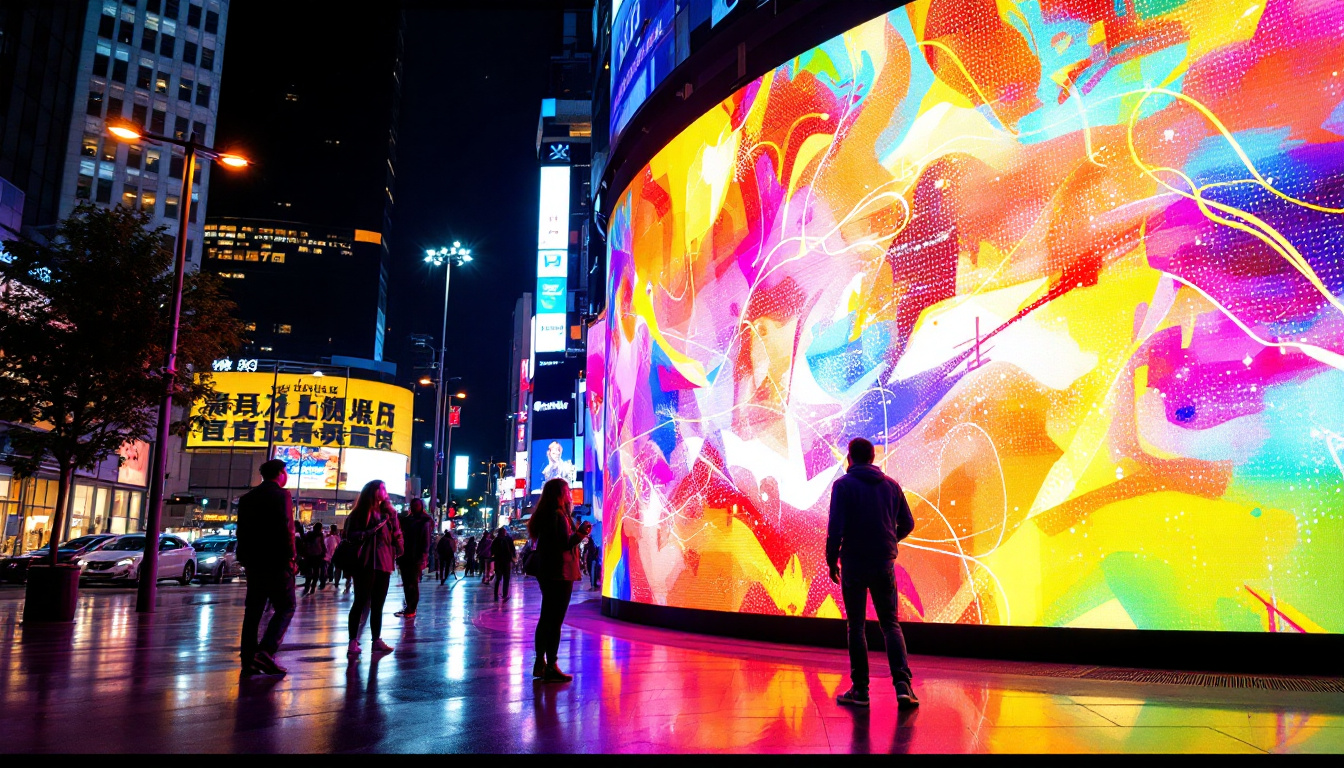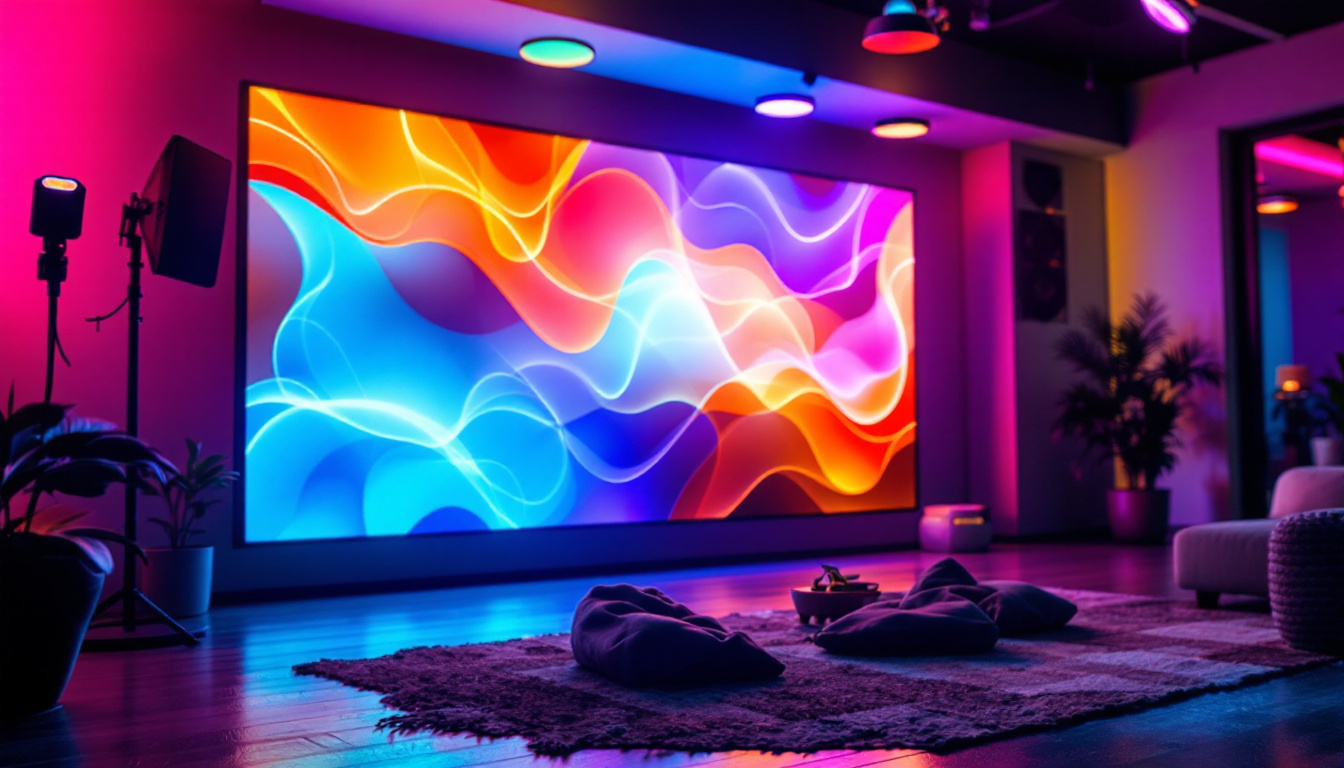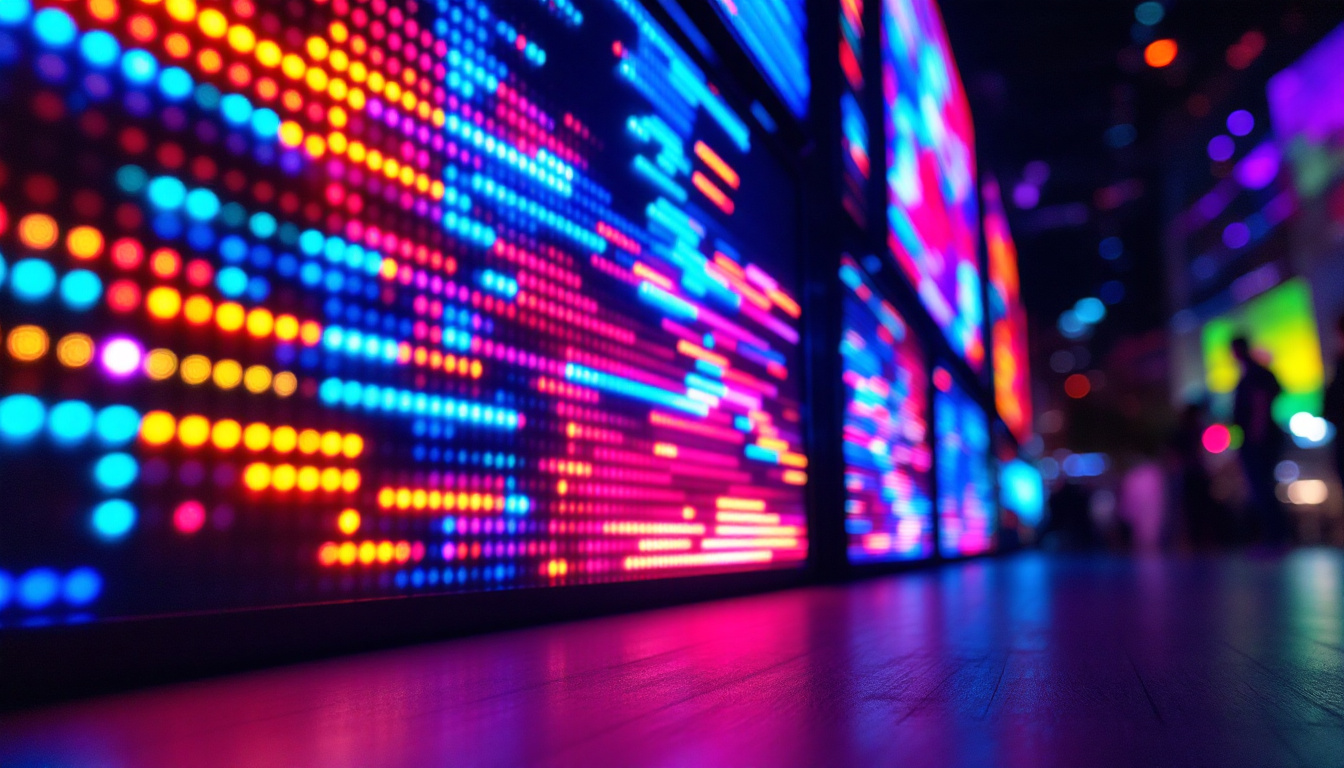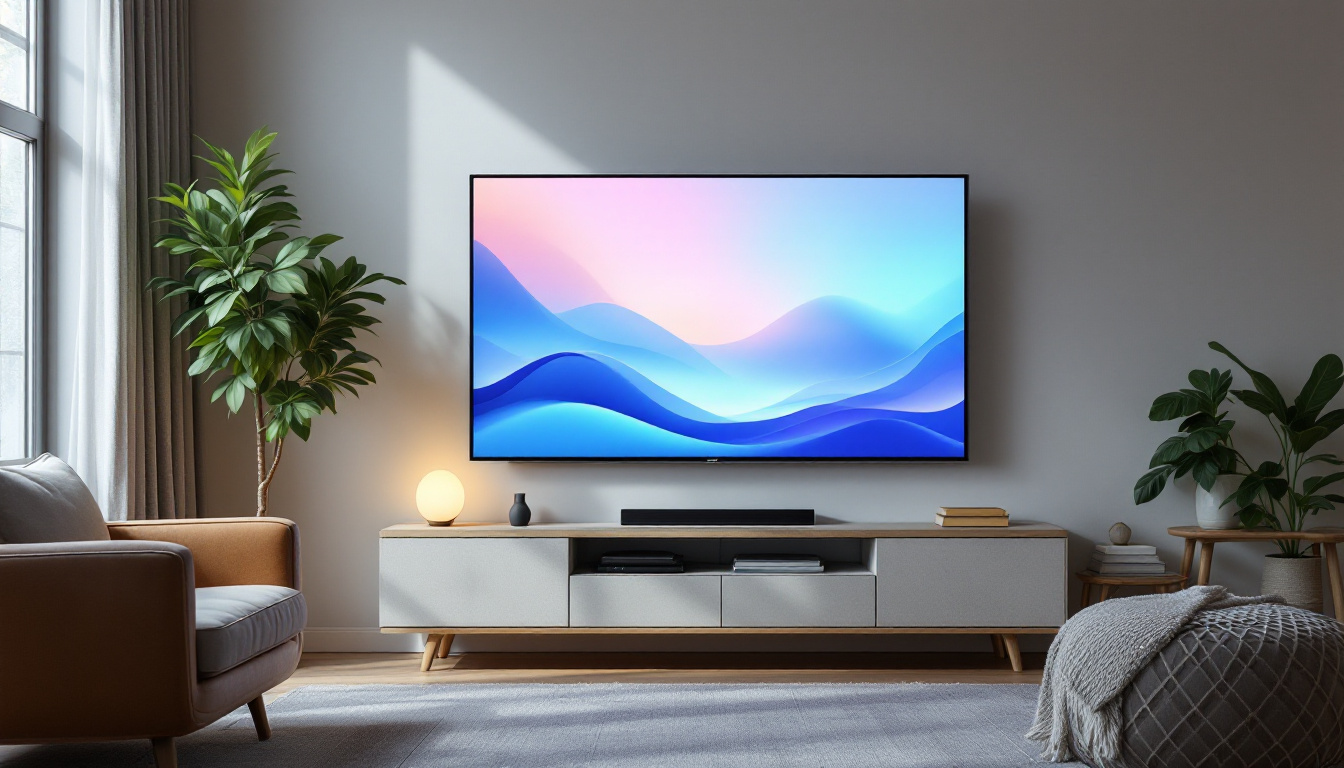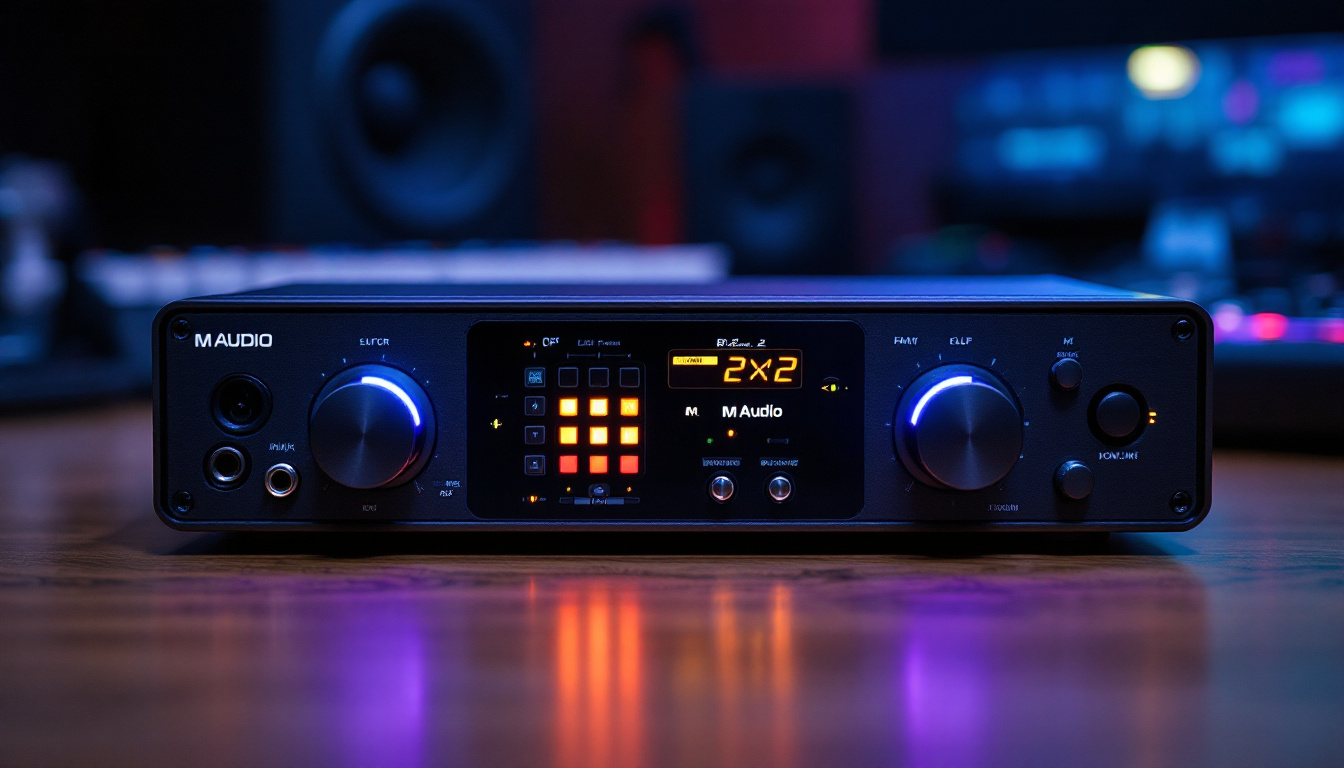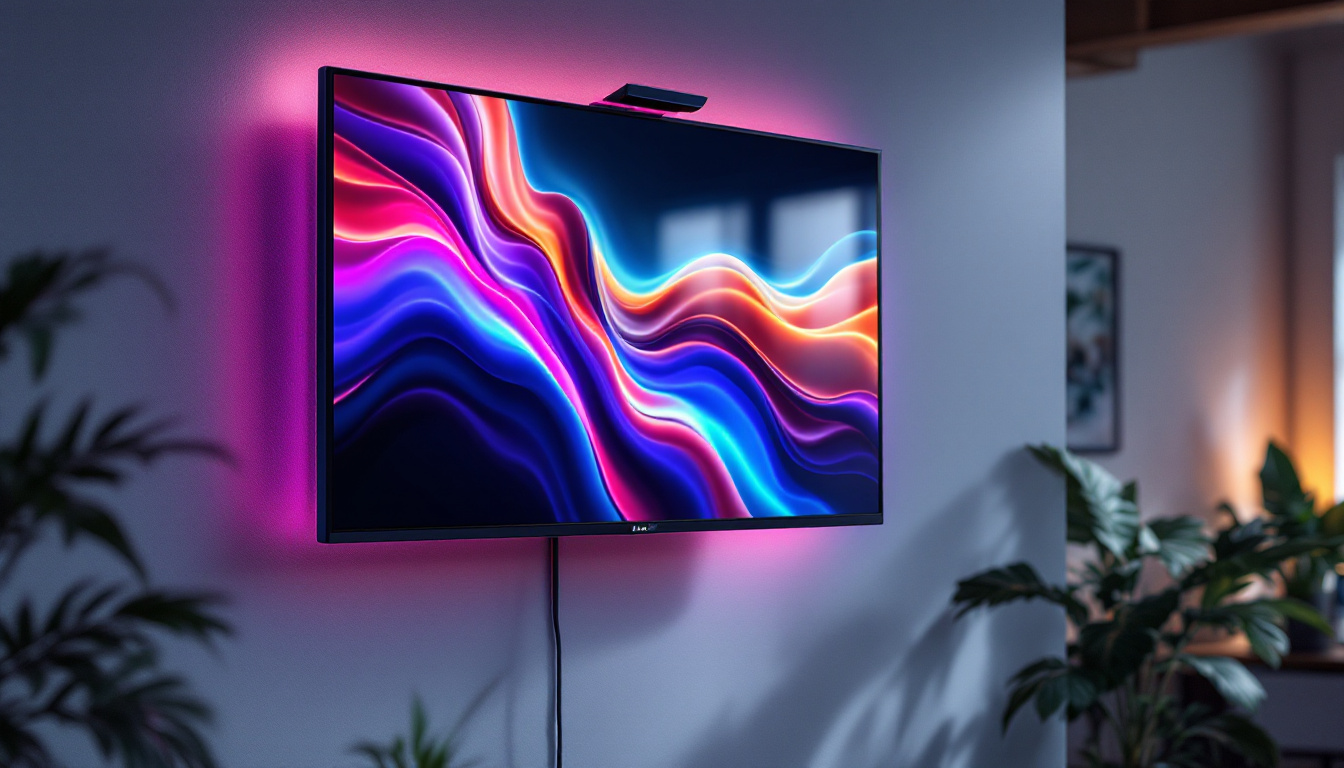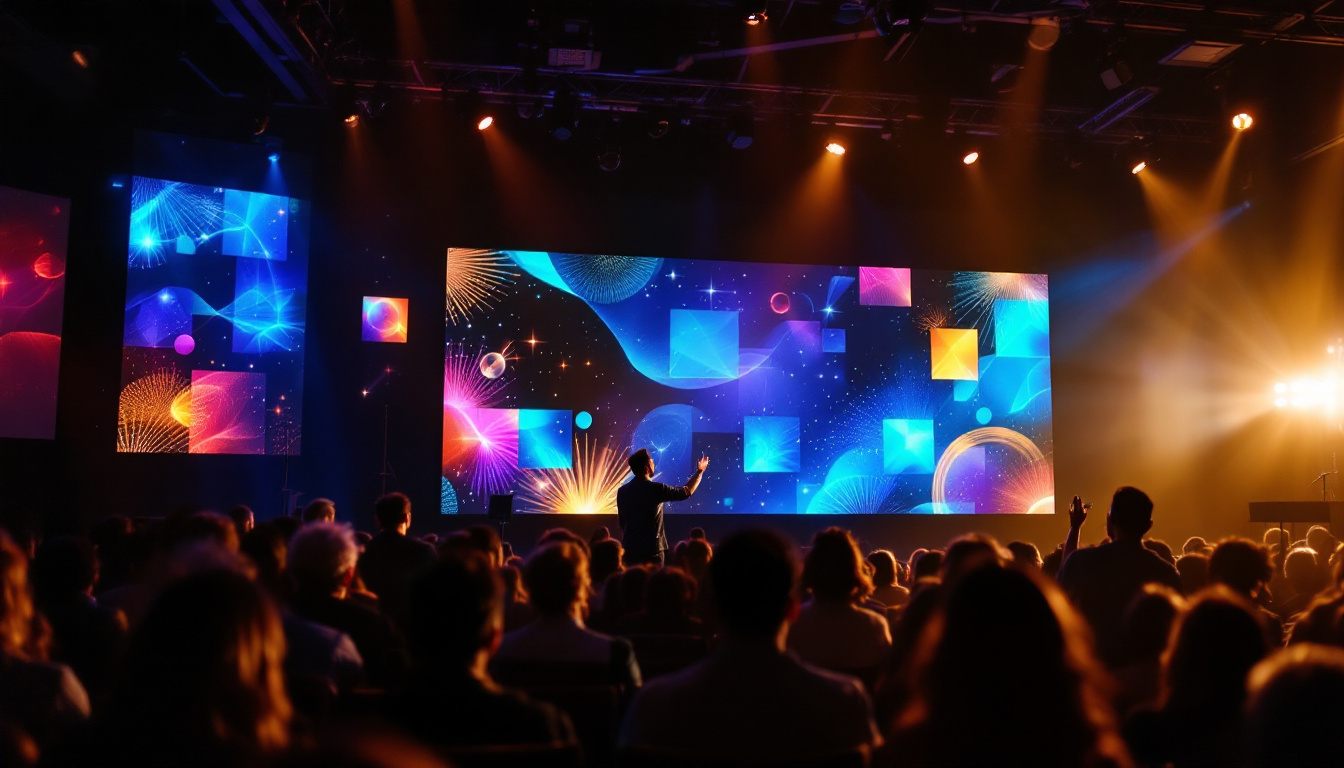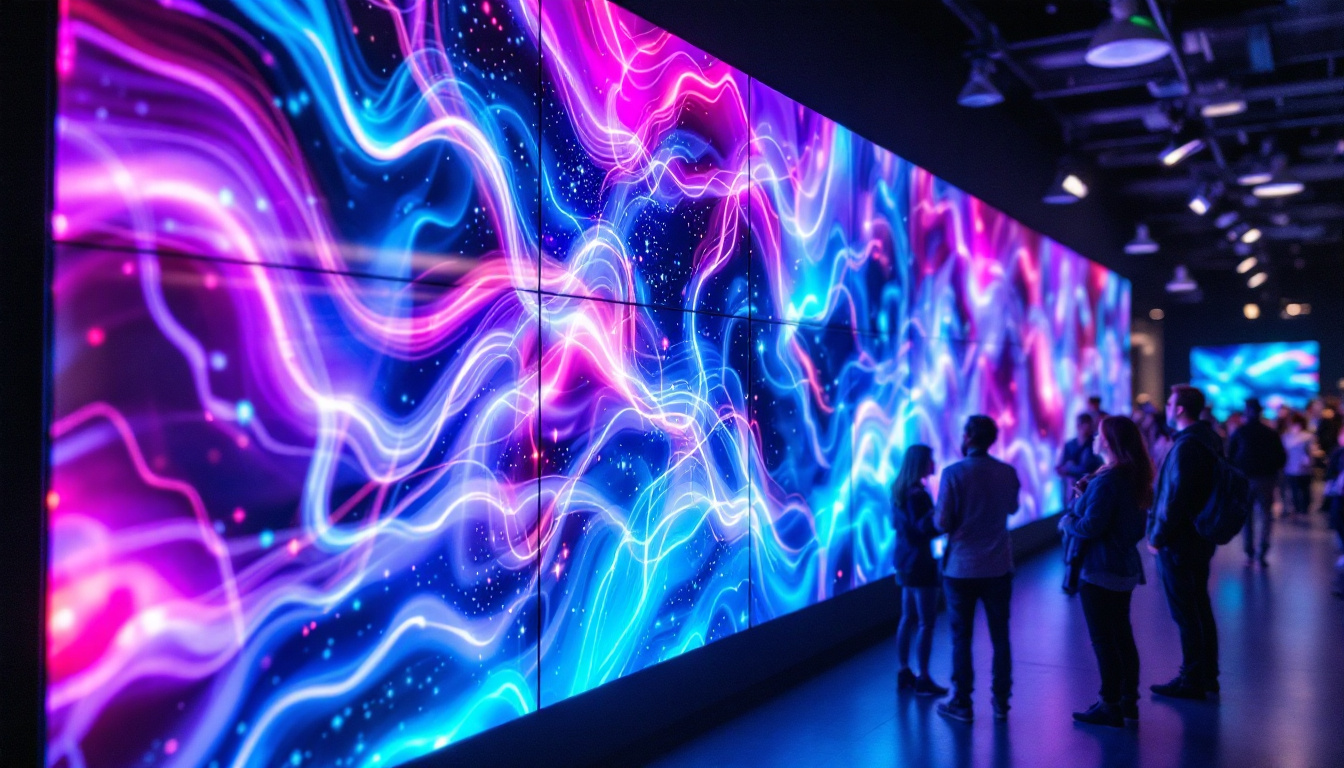In an age where mobile devices dominate our daily lives, the desire to share content from smartphones onto larger surfaces has become increasingly prevalent. Whether for personal entertainment, professional presentations, or social gatherings, the ability to project images and videos from a phone onto a wall can enhance the viewing experience significantly. This article delves into the technology behind projectors designed for smartphones, focusing on LED display technology, its advantages, and how to choose the right projector for your needs.
Understanding LED Projectors
LED projectors have gained popularity due to their compact size, energy efficiency, and impressive image quality. Unlike traditional projectors that utilize lamps, LED projectors use light-emitting diodes to produce images, making them a more sustainable option.
How LED Technology Works
At the core of LED projectors is the use of light-emitting diodes, which are semiconductor devices that emit light when an electric current passes through them. This technology allows for a brighter and more vibrant image compared to traditional bulb-based projectors. LED projectors can achieve a wide color gamut, ensuring that colors appear more vivid and lifelike.
Additionally, LED projectors offer a longer lifespan than traditional lamps, often lasting up to 30,000 hours or more. This longevity not only reduces the frequency of replacements but also contributes to lower maintenance costs over time. The efficiency of LED technology also means that these projectors consume less power, making them an eco-friendly choice that aligns with modern sustainability goals.
Benefits of Using LED Projectors
LED projectors come with a myriad of benefits that make them a suitable choice for projecting content from smartphones. One of the most significant advantages is their portability. Many LED projectors are lightweight and compact, making them easy to transport and set up in various environments, from home theaters to outdoor gatherings.
Furthermore, LED projectors typically have a quick start-up time, allowing users to begin projecting content almost instantly. This feature is particularly beneficial for spontaneous presentations or movie nights, where time is of the essence. In addition to their convenience, many LED projectors also support wireless connectivity, enabling seamless streaming from devices without the hassle of tangled cords. This wireless capability enhances the user experience, allowing for greater flexibility in where and how content is shared.
Moreover, the low heat output of LED projectors means they can operate for extended periods without overheating, making them ideal for long presentations or movie marathons. This feature not only enhances the projector’s reliability but also ensures a comfortable viewing environment, as users won’t be distracted by excessive heat or noise from cooling fans. With advancements in technology, many LED projectors now also come equipped with built-in speakers, further simplifying the setup process and providing an all-in-one solution for entertainment or professional presentations.
Connecting Your Phone to an LED Projector
Connecting a smartphone to an LED projector can vary depending on the projector model and the phone’s operating system. However, most modern projectors offer multiple connectivity options, including HDMI, USB, and wireless connections.
Wired Connections
For users who prefer a stable connection, wired options such as HDMI or USB-C are ideal. Many smartphones can connect directly to projectors via an HDMI adapter. This method ensures a reliable connection with minimal lag, making it suitable for presentations that require real-time interaction.
USB connections can also be utilized, especially with projectors that support USB display. This feature allows users to project content directly from their phones without the need for additional adapters, simplifying the setup process. Furthermore, using a wired connection can enhance the quality of the display, as it typically provides better resolution and color accuracy compared to wireless options, making it a preferred choice for professionals who prioritize visual fidelity.
Wireless Connections
Wireless connectivity has become increasingly popular due to its convenience. Many LED projectors now support technologies like Wi-Fi Direct, Miracast, or Apple AirPlay, enabling users to mirror their phone screens without the hassle of cables.
To use wireless connections, both the projector and the smartphone must be on the same Wi-Fi network. Once connected, users can easily stream videos, display photos, or present slideshows directly from their devices, providing a seamless experience. Additionally, some projectors come equipped with built-in apps that allow users to access streaming services directly, eliminating the need to connect a phone at all. This feature is particularly useful for movie nights or presentations where users want to showcase content from platforms like Netflix or YouTube without any interruptions.
Moreover, many projectors now offer remote control features through dedicated apps, allowing users to manage their presentations from their smartphones. This functionality enhances the user experience by providing the ability to navigate slides, adjust volume, and even annotate content in real-time, all from the palm of your hand. Thus, whether you are in a business meeting or a casual gathering, the ability to connect your phone to an LED projector opens up a world of possibilities for sharing information and entertainment effortlessly.
Choosing the Right Projector for Your Needs
When selecting a projector for phone-to-wall projection, several factors should be considered to ensure it meets your specific needs. Understanding these features can help in making an informed decision.
Brightness and Resolution
Brightness is measured in lumens, and it plays a crucial role in the quality of the projected image. For indoor use, a projector with at least 1,000 lumens is generally sufficient, while outdoor settings may require a projector with 2,500 lumens or more to combat ambient light.
Resolution is another critical aspect to consider. Higher resolutions, such as Full HD (1920×1080) or even 4K, offer sharper images and better detail, enhancing the viewing experience, especially for movies and detailed presentations.
Portability and Battery Life
For those who plan to use their projector in various locations, portability is essential. Look for lightweight models that come with built-in batteries, allowing for use without being tethered to a power outlet. Battery life can vary significantly, so selecting a projector with a longer runtime is advisable for extended use.
Projector Features to Enhance Your Experience
In addition to the fundamental specifications, various features can enhance the overall user experience when using a projector for phone-to-wall projection.
Built-in Speakers
While many projectors focus on image quality, sound is equally important for a complete viewing experience. Some LED projectors come equipped with built-in speakers, eliminating the need for external audio equipment. However, for those seeking higher sound quality, connecting external speakers via Bluetooth or audio cables is often an option.
Keystone Correction and Focus Adjustment
Keystone correction is a valuable feature that allows users to adjust the image shape to ensure a perfect rectangle, even when the projector is not perfectly aligned with the screen. This feature is particularly useful in dynamic environments where the projector’s placement may vary.
Focus adjustment is another essential feature, enabling users to sharpen the image for optimal clarity. Many projectors offer manual focus, while some advanced models provide automatic focus adjustment for added convenience.
Best Practices for Using a Projector
To achieve the best results when projecting content from a smartphone, following certain best practices can make a significant difference in image quality and overall experience.
Optimal Projection Surface
The surface onto which the image is projected plays a crucial role in the final output. Ideally, a smooth, white wall or a dedicated projection screen will yield the best results. Textured or dark surfaces can distort colors and reduce brightness, diminishing the viewing experience.
Room Lighting Considerations
Lighting conditions can greatly impact the visibility of the projected image. For the best results, dimming the lights or using the projector in a darkened room is advisable. If using the projector in a well-lit environment, selecting a model with higher brightness specifications will help maintain image clarity.
Common Use Cases for Phone-to-Wall Projection
Projectors designed for phone-to-wall projection are versatile tools that can be utilized in various scenarios, catering to both personal and professional needs.
Home Entertainment
One of the most popular uses for projectors is home entertainment. Whether watching movies, playing video games, or streaming content from platforms like Netflix, projecting onto a large wall can create an immersive experience that rivals traditional home theater setups.
Outdoor movie nights have also become a trend, where families and friends gather to enjoy films under the stars. With a portable LED projector, setting up a backyard cinema becomes an effortless endeavor.
Business Presentations
In professional settings, projectors are invaluable for presentations, meetings, and training sessions. The ability to display slideshows, charts, and videos directly from a smartphone simplifies the presentation process, allowing for a more engaging and interactive experience.
Moreover, the portability of LED projectors makes them ideal for traveling professionals who need to present in various locations without the hassle of bulky equipment.
Conclusion
As technology continues to evolve, the ability to project content from smartphones onto larger surfaces has become more accessible and user-friendly. LED projectors offer a fantastic solution for those looking to enhance their viewing experience, whether for entertainment or professional purposes.
By understanding the technology behind LED projectors, the various connection options, and the essential features to consider, users can make informed decisions when selecting the right projector for their needs. With the right setup, projecting from a phone to a wall can transform any space into a dynamic viewing environment, making it a worthwhile investment for both personal and professional use.
Discover LumenMatrix LED Display Solutions
Ready to elevate your visual experience with the latest in LED display technology? Look no further than LumenMatrix, a pioneer in crafting immersive LED displays that bring your smartphone content to life on a grand scale. From the comfort of your home to the buzz of a professional setting, our range of innovative LED solutions, including Indoor and Outdoor LED Wall Displays, Vehicle and Sports Displays, and even Custom and All-in-One LED solutions, are designed to captivate and engage. Embrace the future of visual storytelling with LumenMatrix. Check out LumenMatrix LED Display Solutions today and transform any space into a dynamic visual spectacle.

